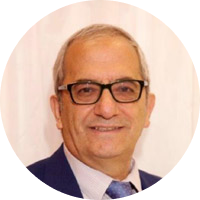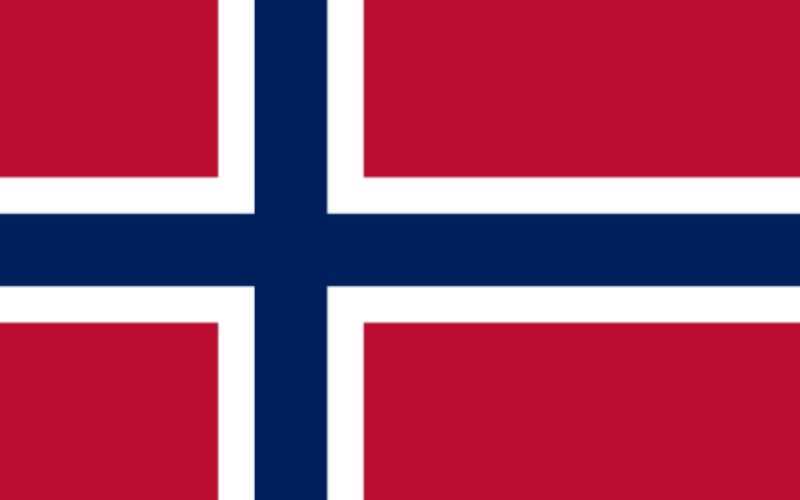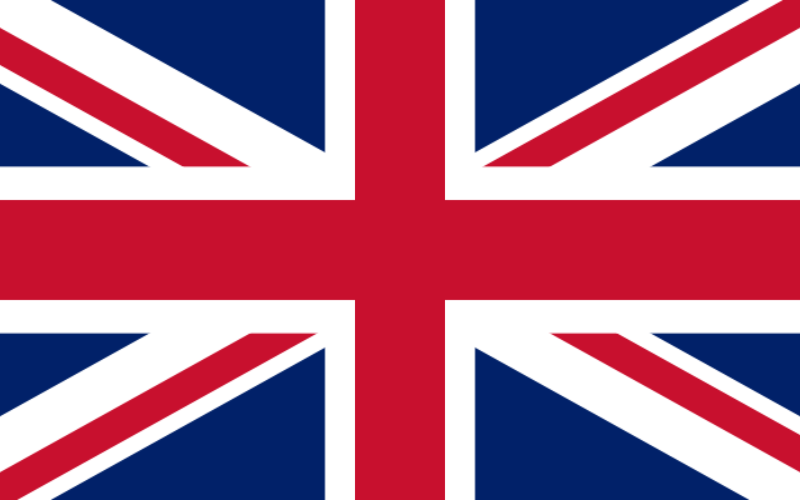
Aesthetic medicine
Oslo Plastic Surgery performs wrinkle treatments with various injection materials.
Over the years and with the passage of time, wrinkles develop, mostly on the face due to reduced skin elasticity. This can be due to genetic factors and/or environmental and external influences such as sunbathing, diet, smoking, obesity, alcohol and tanning beds. These factors must be addressed before a cosmetic treatment can be fully effective.
Possible treatments are medical injections of material that has a lifetime of 6 months to 1 year. This substance is injected into the wrinkle area, both fine and deep wrinkles that can occur around the mouth, eyes, cheeks and forehead. In the case of muscle-related wrinkles in the glabella, so-called mind wrinkles, the reason for this is muscle hyperactivity. This is treated with a special injection that paralyzes the muscles so that the wrinkles are smoothed out. This can be done every year. Pits and coarse wrinkles can be treated with fat grafting with your own fat. See our section on fat grafting and treatment list. The injection is performed on an outpatient basis under local anesthesia and takes about 15 minutes per area.
Due to the Marketing Act, we are not allowed to state the name of muscle relaxant medication or filler material. Please feel free to contact us and we will provide you with full information about our treatments and which products we use to perform wrinkle treatment.
Please contact Oslo Plastic Surgery for a complete price list.
1. Wrinkle treatment with injections to fill the indentation of small pits that occur with age such as in the naso labial area, eyelid or upper cheek area or chin.
2. Wrinkle treatment with injections to muscle relaxing injections as in angry wrinkles between the eyes.
3. Removal of double chin without surgery with injection of a specific drug
For less unhealthy fat distribution excess or accumulation such as in double chin, this can be treated with injections
A newer and less extensive treatment is a simple injection of the drug, which can dissolve the fat in the area being treated. It will therefore not involve surgery. The injection treatment takes about 30 minutes.
Up to a maximum of 6 treatment sessions can be performed. 6 treatment sessions. Most people notice an improvement after 2-4 treatment sessions. The time interval between treatments should be at least 4 weeks.
Such treatment can have certain side effects such as pain, swelling, fluid retention and bruising.
4. Thread lift
Some women and men get an older look too early, or they want to look a little younger. Over the years, the skin on the cheeks and neck becomes wrinkled and sagging. Some develop a double chin. It is important to remember that smoking, stress, exposure to sunlight, moderate to severe obesity, excessive alcohol consumption and poor diet are some of the factors that not only accelerate ageing and increase the risk of complications, but also reduce the chances of achieving a cosmetically successful result. It is therefore important to correct the conditions prior to a thread lift so that the results are favorable. Thread lifts can be a good solution for those who are not candidates for surgery, for those who have minor changes they want to correct, for those who do not want recovery time, and for those with minor relapses after previous facelifts. The advantages of a thread lift are that the process is quick, inexpensive, leaves no scars, there is no recovery time (time to recover from surgery) and the process is done under local anesthesia. The disadvantages are that thread lifts can give short-term results (expected duration after a thread lift is between 3 to 5 years) and there will be little effect if you have a lot of excess skin.
With a thread lift, you can lift the neck, cheeks, jawline and temple area. An assessment will determine what your needs are and which solution is right for you.
For optimal results and to avoid complications, it is recommended that you maintain as normal a weight as possible and comply with the conditions mentioned above as far as possible. If you smoke, you must quit at least 1 month before surgery and continue not to smoke for 2 weeks after surgery.
In principle, the operation does not provide grounds for sick leave. Physical exercise and hard physical work should wait a few days.
Before the procedure
You must be healthy on the day of surgery. If you are in doubt about whether you have a cold or similar, please contact us. The operation is not performed when you have flu with fever or cough or other infection. Before the operation, you will receive a prescription for antibiotics, possibly painkillers and cleansing solution 40 mg/ml, which you can buy at the pharmacy.
The day before surgery and on the day of surgery, you should shower at home with a cleansing solution. This is a disinfectant soap that should be rinsed off with water and the skin dried with a clean towel. Put on clean clothes when you leave home. All jewelry, piercings and nail polish must be removed no later than the day before surgery and replaced 7 to 10 days after surgery.
You must attend the surgery fasting. This means that you should not eat food 6 hours before the operation, but you can drink water and juice (not milk or juice), chew gum / throat lozenges up to 4 hours before the operation. You must arrange in advance with a person to pick you up at the clinic about 1 hour after the surgery, as you will not be able to drive or take a taxi on your own.
It is important that you stop taking blood-thinning medication about 14 days before surgery. For other medications, please consult the clinic before the operation. Do not eat a lot of garlic and health food preparations.
After the procedure
We recommend that you do not travel by plane for the first 48 hours after surgery, during which time a check-up appointment should be arranged in the clinic. In the first hours after the surgery, you may feel a little tired, sometimes somewhat nauseous.
It is important that you take painkillers as prescribed and make sure you drink plenty of fluids for the first 24 hours. Some people may feel a little dizzy, so it's a good idea to take a few minutes to stand up. You should rest for the first two days. The superficial bandage is removed 3 days after surgery. The tape will remain in place for up to a week, after which you can shower, reapply the tape and use the head bandage again. Bleeding and infection are uncommon and in very few cases require reoperation and/or antibiotic treatment. Anesthetic complications, such as allergic reactions to anesthetics, are extremely rare. Check-ups are arranged with the clinic the following day, after 1-2 weeks, 3-6 months and a final check-up after one year. You must call to arrange the check-ups yourself, or alternatively make an appointment with Oslo Plastic Surgery on the day of the forehead lift surgery.
If correction is necessary due to complications or unsatisfactory results, this is done free of charge within the one-year warranty period, provided that there is a medical indication and a clear potential for improvement.
Where to stay
If you live far from the clinic, we recommend that you stay overnight in or near Oslo.
Oslo Plastikkirurgi has agreements with both Hotel Gabelshus, Gabelsgate 16 and Frogner House Hotel Norum, formerly Rica Hotel Bygdøy Allé, Bygdøy Allé 53 - both located in the immediate vicinity of the clinic.
Please contact us for more information about booking a hotel room.
Ask for guidance and advice
We can provide the best advice face-to-face. We will guide you to the optimal solution for your needs.

The responsible physician is Dr . Amin Kalaaji, senior consultant dr.med, specialist in plastic surgery and head of clinic at Oslo Plastic Surgery, and head of the Norwegian Society for Aesthetic Plastic Surgery (NFEP) 2018-2020.
Dr. Kalaaji holds many positions and gives lectures and training around the world. This benefits all our patients as he is always up to date on the latest and most advanced treatments and surgical techniques.
Patient safety, high quality and individual treatment are always our top priorities at Oslo Plastic Surgery.
FAQ - Frequently asked questions
Oslo Plastic Surgery answers frequently asked questions here, and we hope this will provide you with good information. We want to be helpful in the process before an operation. If you have any further questions, just write or call us.
All patients must undergo a consultation before surgery. The consultation is conducted by our experienced plastic surgeon, who will ask you questions about your medical status; previous or current illnesses, previous operations, use of medication, etc. An examination will then be carried out and the surgeon will consider a possible operation.
If you are suitable for surgery, you will receive information about the surgery itself, precautions for the time before and after the procedure, and you will get answers to your questions.
For patients with long travel distances, we offer consultations by telephone and/or video consultation. We will then send you a health information form to be completed and returned to us before the consultation. You also send us some photos.
Should surgery be required, the surgeon will conduct a thorough assessment the day before the planned surgery.
You must be healthy on the day of surgery. If you are in doubt whether you have a cold or similar, please contact us. The operation is not performed when you have flu and/or fever or cough or other infection. Before the operation, you will receive a prescription for antibiotics, painkillers and Hibiscrub solution 40 mg/ml, which you can buy at the pharmacy.
In Norway, it is not allowed to show before and after pictures of silicone from cosmetic procedures in marketing or on the clinic's website. However, we can show great pictures from previous patients when you come in for a consultation with the surgeon. This can be a great help when we discuss the size of the implant, and it can make it easier for you to imagine an expected result.
We can also offer a preliminary examination with a 3D imaging system. We take pictures of your body and can use image simulation to show you what an expected result will look like with different sizes and types of implants.
If correction is necessary due to complications or unsatisfactory results, this is done free of charge within one year, provided there is a medical indication and a clear potential for improvement. This is our one-year guarantee agreement.




